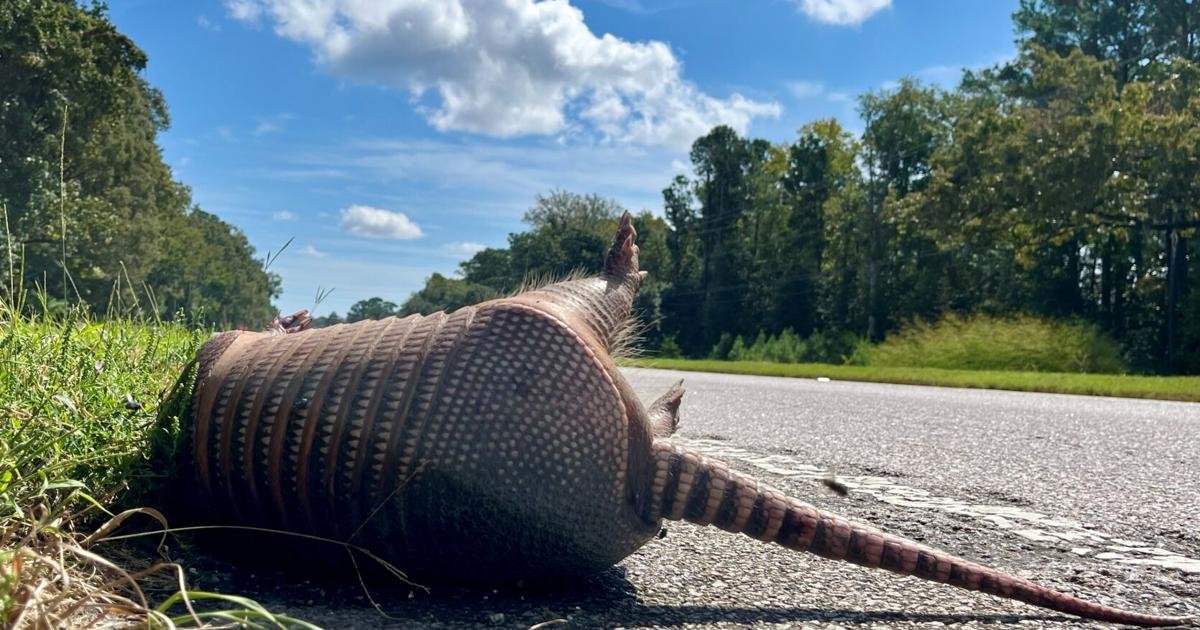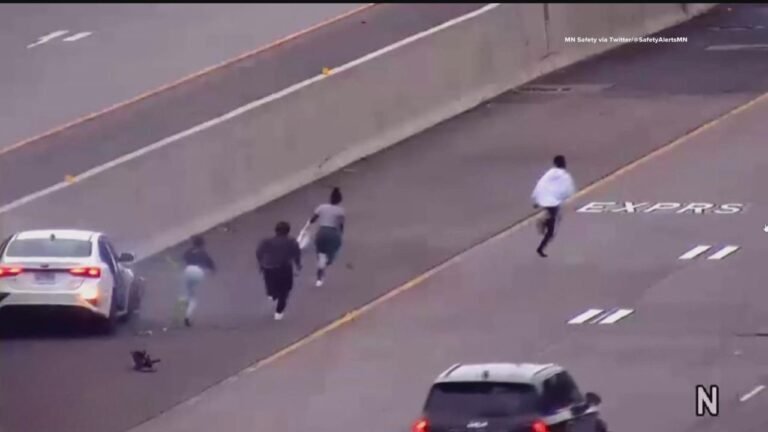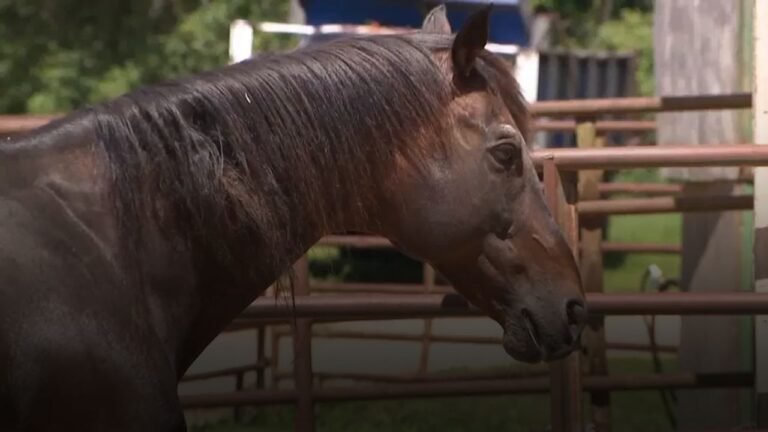Dead Animals Becoming a Common Sight on South Carolina Roads, Raising Safety and Development Concerns
COLUMBIA, SC — If you’ve driven through South Carolina lately, you’ve likely noticed a grim trend: an increase in roadkill scattered along highways, rural roads, and suburban streets. From opossums to deer and even livestock, dead animals are becoming an unfortunately common part of the daily commute — and residents are now raising concerns about public safety and urban sprawl.
Roadkill Lingers for Days: ‘It’s Disgusting,’ Say Drivers
Frequent commuters like Erin Brevard say the mess isn’t just unpleasant — it can be nauseating and dangerous.
“It’s disgusting. It makes me carsick,” she said. “Sometimes you see [roadkill] on your regular route sitting there for days, and I wonder who I’m supposed to call to have it removed.”
According to the South Carolina Highway Patrol, deer collisions spike during early mornings and late evenings, particularly during warmer months. Master Trooper William Bennett noted that livestock wandering onto roads is also common in rural communities.
Urban Development Disrupting Wildlife Habitats
The increase in animal-vehicle collisions isn’t just random — it’s tied closely to urban development, according to Jamie Steele Sprankle, Director of Operations at the Carolina Wildlife Center.
“What used to be tree-lined areas along I-20 are now cleared for construction,” Sprankle explained. “To animals, that was home. When it disappears, they’re forced to move, and cross roads more often.”
So far this year, over 200 injured animals have been treated by the center after being struck by vehicles.
Hotspots and Hazards Across the State
Some of the most frequently cited hotspots for roadkill sightings include:
- Corley Mill Road
- U.S. Route 378
- Highway 77
Local driver Chris Stroud admitted to swerving to avoid hitting dead animals, but warns that it can lead to near-misses in adjacent lanes.
“If I see roadkill, I’ll swerve to avoid it,” he said. “But that means I might end up in someone else’s lane.”
Others, like Brevard, shared personal experiences of hitting animals despite their best efforts.
“There was no way around it. I would’ve had to hit another car. So I ran it over and got my car washed right after.”
What to Do If You Encounter Roadkill
Authorities urge drivers to:
- Stay calm and avoid sudden swerves
- Never exit your vehicle to move an animal
- Report roadkill to local law enforcement or animal control, especially if it’s large or causing a traffic hazard
Removing roadkill is typically the responsibility of county or state transportation departments, though confusion often arises about jurisdiction, especially on rural or private roads.
For additional information or to report a sighting, visit SCDOT or your local sheriff’s office website.
Have you witnessed more roadkill than usual in your area? Share photos or safety concerns with the Saluda Standard-Sentinel as we continue to cover the impact of growth across South Carolina.







